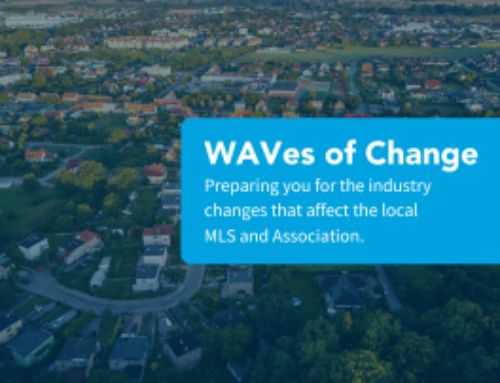Microformats in plain english:
Microformats is specific website coding standards (called Semantic information) that allows search engines to “read” the addresses and categories of inforamtion on your website, display the information in search results (like google maps), and allow the consumer to quickly download a vcard or address book card directly from the search result using a browser extension like Operator for firefox.
As mentioned in the WAV Group White Paper on Localism – Geo Targeting strategies for real estate websites – search engines are often unable to view listings on most IDX Property Search solutions. Companies like Trulia, Zillow, Loopnet and others real estate technology companies pioneered the process of getting the listings out of the database in a way that allow them to be indexed. My guess is that edgio is reading microformatted data on sites to index listings for their site. If you want to check, do an address search for a listing on your website surrounded by quotation marks, like “58 n. davis street, orchard park, NY.”
For an intro into how Microformating is done – keep readingFrom the Google Maps API blog
Using Microformats in your Maps API application
You can get the benefits of microformats for your own maps applications if you change your HTML to contain the necessary hcard classes. In this simple example, we’ve changed the infowindow to contain an hCard formatted address. The code for that is below:
If you want to learn more, head over to microformats.org.
Here is my contact information in HTML:
<div>
<span>Victor Lund</span>
<div>WAV Group</div>
<div>
<div>291 Falcon Crest Drive</div>
<span>Arroyo Grande</span>,
<span>CA</span>,
<span>93420</span>
<span>United States</span>
</div>
<div>805-709-6696</div>
But this isnt just normal HTML, it is semantic HTML:
<div class=”vcard”>
<span class=”fn”>Victor Lund</span>
<div class=”org”>WAV Group</div>
<div class=”adr”>
<div class=”street-address”>291 Falcon Crest Drive</div>
<span class=”locality”>Arroyo Grande</span>,
<span class=”region”>CA</span>,
<span class=”postal-code”> 93420</span>
<span class=”country-name”>United States</span>
</div>
<div class=”tel”>805-709-6696</div>
This additional semantic information in the HTML is an example of the hCard microformat. Thats what microformats are, adding semantics to markup to take it from being machine readable to being machine understandable.
There are lots of different microformats, ranging from very fundamental types of information like contacts, locations, and events, to the slightly more domain specific, like reviews and resumes, to the very domain specific, like wines.
Why are microformats important?
Microformats are going to change (and are currently changing) the Web in a variety of different ways:
1. Aggregation Sites
Right now if you want to sell something, you go to a site like craigslist. If you want to review something, you go to a site like epinions. And if you want to manage your social network, you go to a site like Facebook. The general model is the user travels to a particular site, and then proceeds to enter data (classified add, review, list of friends) for a particular purpose. Your information is scattered all over the Web, and you have to pick which sites you want to use.
The combination of blogging and microformats is now reversing this model. Now, your information remains in your blog, and the Web sites come to you. For instance, if you want to sell something, you can blog about it using an hListing, and a site like edgeio will find it when it aggregates classified advertisements across the Web. Similarly, the microformat hReview allows the creation of review aggregation sites, and XFN (XHTML Friends Network) allows the creation of social network aggregation sites.
2. Sharing Information with a Specific Community
Lets say you enjoy mountain biking, and would like to share various trails with other people who also enjoy mountain biking. If you posted this information to your blog, you couldgeocast (RSS with a payload of geo), the locations of the mountain bike trails, and other people in the community could subscribe to this feed using an application like Google Earth.
3. Targeted Search
Lets say you are creating a web comic, and you want other people to be able to find it. By posting your comic with a microformat agreed upon by the web comic community, the rest of the community will be able to easily find your work using a search engine.
What sites are currently using microformats?
The Microformats Wiki has information about which sites are currently displaying different types of microformated content. The notable examples are Flickr, which lets users geotag photos (5 million geos), Yahoo! Local, which encodes each search result with an hCard (15 million hCards), and Upcoming.org, with encodes events with hCalendar (not sure how many).




